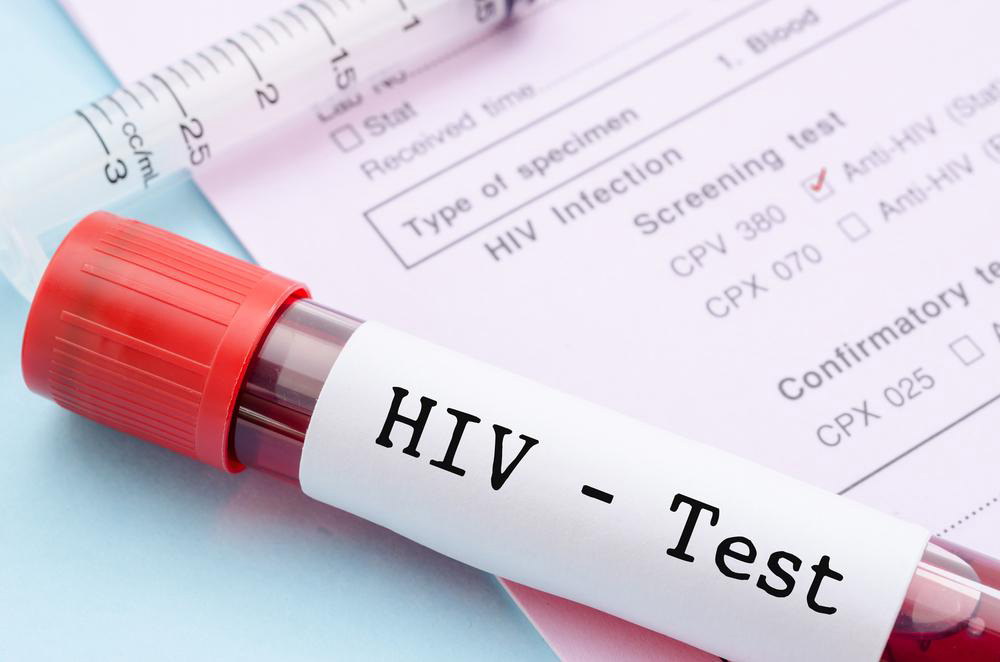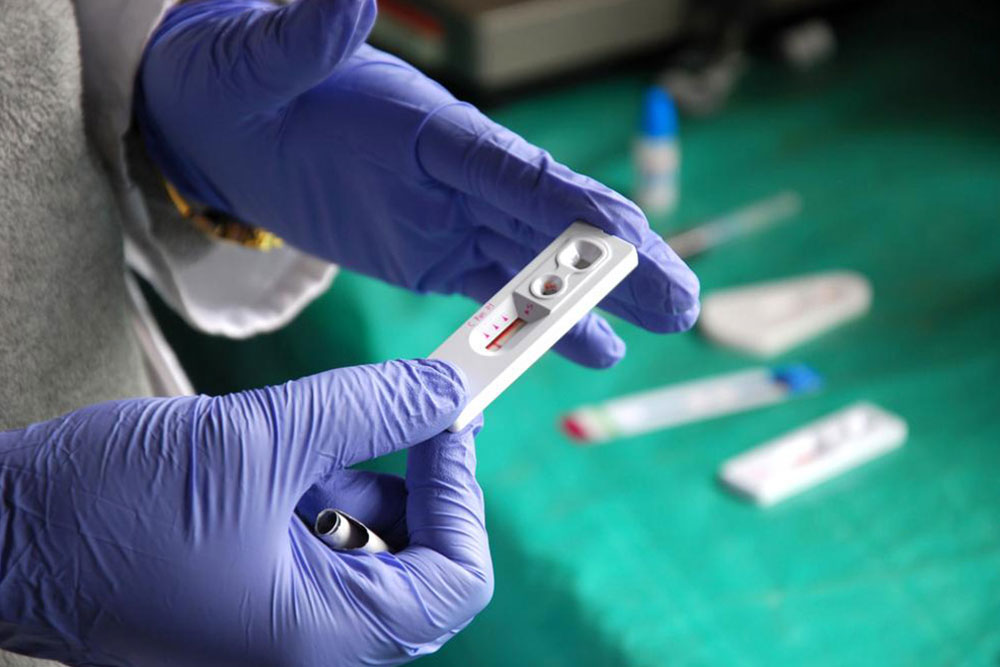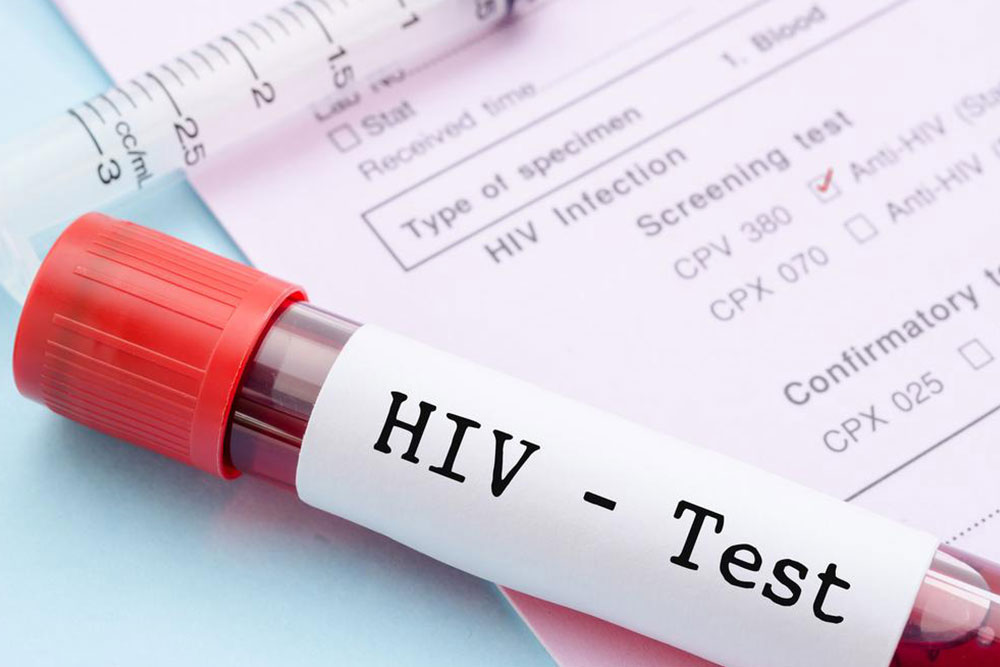Understanding the Signs and Progression of HIV Infection
This article provides an overview of HIV infection stages and symptoms, emphasizing the importance of early detection and treatment. It covers the initial flu-like symptoms, asymptomatic phase, and the progression to AIDS, highlighting the need for timely intervention to manage health effectively.

Understanding the Signs and Progression of HIV Infection
HIV, or Human Immunodeficiency Virus, leads to Acquired Immunodeficiency Syndrome (AIDS) by targeting and weakening the body's CD4 cells, which are crucial for immune defense. As a result, the immune system becomes less capable of fighting infections, risking serious illness and potentially death. Early diagnosis and consistent treatment are vital to manage the condition effectively.
HIV Symptoms and Stages
Recognizing early symptoms is key because there is currently no cure for HIV. The infection progresses through three stages, each with distinct signs.
Initial Stage or Acute Infection
This phase often resembles flu-like illness and includes:
Fever
Headaches
Skin rashes
Digestive issues like diarrhea
Nausea and vomiting
Sore throat
Fatigue
Muscle aches
Swollen lymph nodes
These symptoms are common but can be mistaken for other illnesses. Early treatment can significantly improve health outcomes if HIV is detected promptly.
Chronic or Asymptomatic Stage
During this period, the virus reproduces slowly, and symptoms often disappear. The immune system continues to weaken as HIV destroys CD4 cells, but individuals may feel healthy or have minor symptoms.
Advanced Stage or AIDS
This final phase occurs when CD4 cell counts drop below 200, leading to serious health problems such as:
Severe exhaustion
Rapid weight loss
Persistent fevers
Respiratory infections like pneumonia
Oral or genital sores
Heavy night sweats
Prompt HIV treatment is critical to manage symptoms and maintain quality of life.
Note:
The information provided about symptoms, treatments, and health conditions is for educational purposes only. It should not replace professional medical advice. Always consult licensed healthcare providers for diagnosis and treatment decisions.










